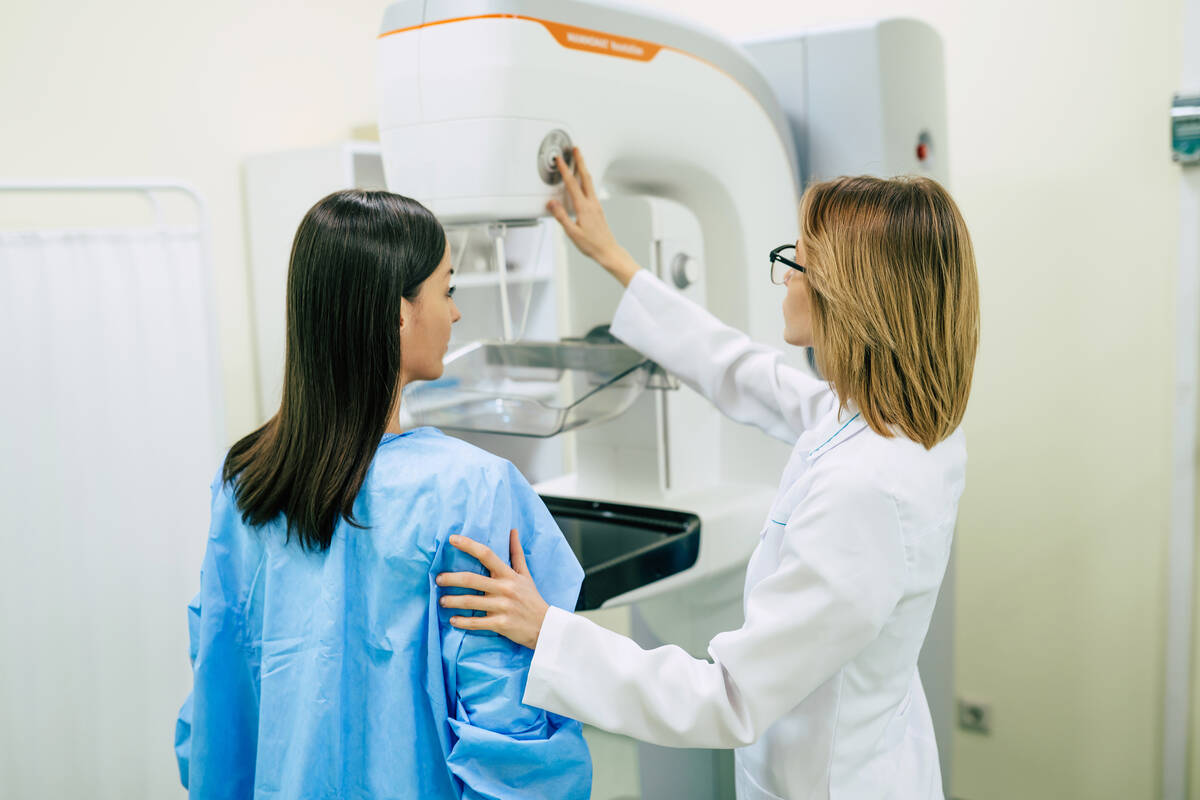The 7 types of breast cancer, and what to know about each of them
Breast cancer is the second-most common type of cancer among women in the United States. The high rates of breast cancer can be overwhelming to confront, especially if you have a genetic predisposition to the disease, such as BRCA1 or BRCA2 genes.
Learning about the different types of breast cancer, and ensuring frequent scans for you and your loved ones, can help prevent the progression of breast cancer and its negative effects.
Here’s a list of the types of breast cancers to help with education and early detection.
Ductal carcinoma in situ
Ductal carcinoma in situ is referred to as stage 0 cancer, meaning it’s noninvasive. In these patients, cancer is contained alongside the milk duct.
This type of pre-invasive cancer makes up about 20 percent of breast cancers and offers an excellent survival rate and can be treated with a lumpectomy followed by radiation. A person with DCIS might also undergo a mastectomy, though that’s usually reserved for cases in which there’s a large amount of tumors.
Chemotherapy usually isn’t needed for this type of breast cancer, though each person will have their own treatment plan.
Lobular carcinoma in situ
Unlike DCIS, lobular carcinoma in situ is rare, and it’s not a definitive cancer diagnosis. Rather, LCIS means that a doctor has detected abnormal cells in the milk-producing glands in your breasts (lobules).
It also means that you have a greater risk of developing breast cancer than those who don’t have these kinds of abnormal cells. While this type of cancer can be managed with regular checkups, a biopsy and chemo prevention, someone with a family history of breast cancer may choose to have a bilateral prophylactic mastectomy, meaning the removal of both breasts as a preventative measure.
Invasive ductal carcinoma
Unlike invasive breast cancer, IDC begins in the milk ducts, meaning the cancer cells are contained there. However, it is possible for IDC to develop into invasive cancer and spread to the breast tissue, lymph nodes and other areas of the body. Invasive ductal carcinoma accounts for 8 out of 10 breast cancer cases.
As the most common type of breast cancer, invasive ductal carcinoma has a high survival rate when detected early. In fact, it has a five-year survival rate of nearly 100 percent when detected early, according to the Cleveland Clinic.
Invasive lobular breast cancer
When abnormal cells form in one part of the breast and spread to other parts of the breast, it’s called invasive lobular carcinoma. It is the second-most common type of breast cancer after IDC, making up 10 percent to 15 percent of all breast cancer cases in the United States.
The main differentiator from invasive ductal carcinoma is that invasive lobular breast cancer forms as a mass or lump, rather than a cell pattern. ILC is most often diagnosed after age 60 and is a more slow-growing type of cancer. Being diagnosed with LCIS can increase the risk of developing ILC, as can the use of hormone replacement therapy after breast cancer.
Inflammatory breast cancer
Both rare and aggressive, inflammatory breast cancer develops rapidly. It accounts for 5 percent or less of all breast cancers and more commonly affects women under age 40. IBC leads to breast inflammation, including swelling, redness, skin changes, swelling of the lymph nodes and more.
Feelings of warmth, itching and tenderness can also be a sign. Imaging tests and biopsies help determine if this cancer is present. People with inflammatory breast cancer may receive a mix of radiation, chemotherapy, or therapy via other drugs, but it’s important to understand that each person’s treatment will be unique based on their needs.
Angiosarcoma
Angiosarcoma is a rare breast cancer that develops and spreads rapidly, starting in the cells alongside blood vessels (or lymph vessels). This type of breast cancer can occur on its own, which is called primary angiosarcoma and usually affects women ages 30 to 40.
But it can also be a result of breast radiation due to cancer treatment (it tends to occur around a decade after radiation), among women older than 50. Because of the rare nature of this type of breast cancer, there isn’t a set kind of treatment, and therapy will depend on the patient’s history and prognosis.
Triple-negative breast cancer
Affecting 10 percent to 15 percent of people with breast cancer, triple-negative breast cancer is a more aggressive form of cancer that spreads faster and is harder to treat. This cancer is called triple negative because it tests negative for the three common screenings, which assess levels of estrogen, progesterone and HER2.
This type of cancer is most common among women under age 40, Black women and women with the BRCA1 mutation. While this type of breast cancer has a worse prognosis than most, researchers at the Cleveland Clinic are currently testing a vaccine for triple-negative breast cancer.

















